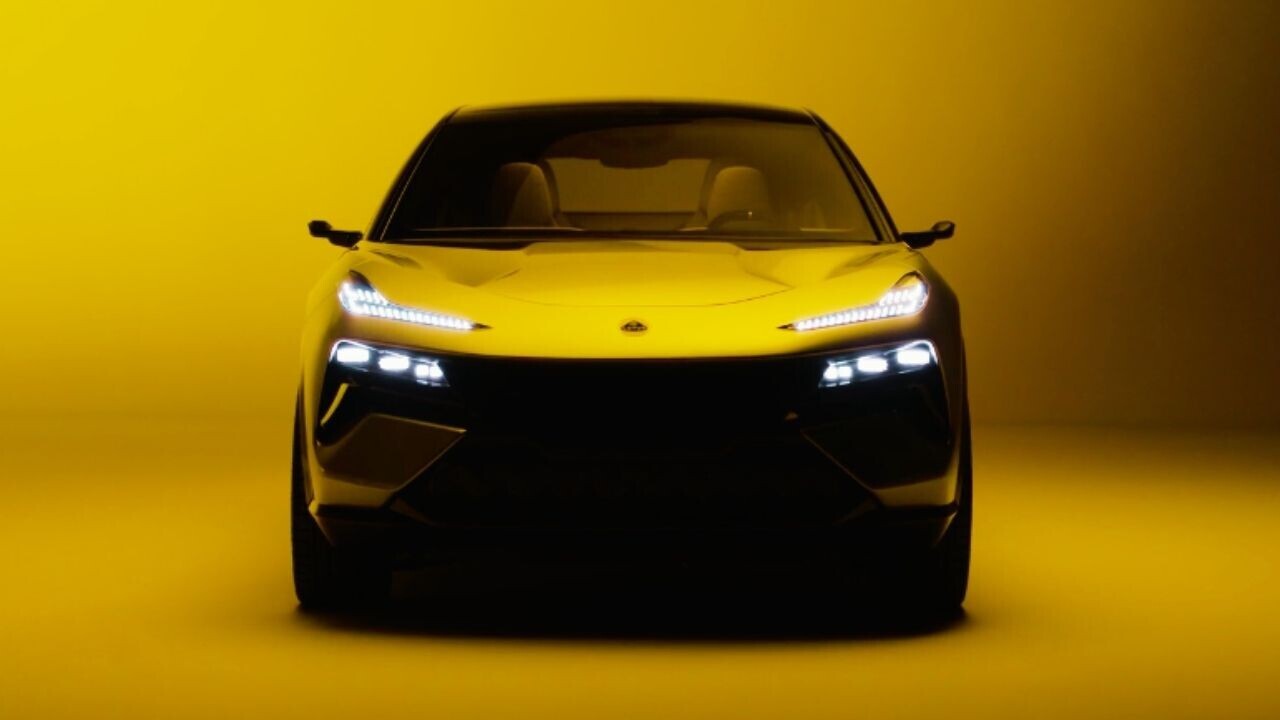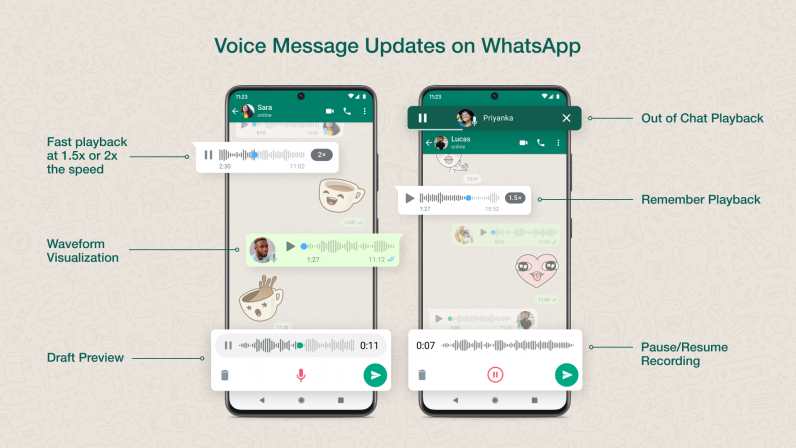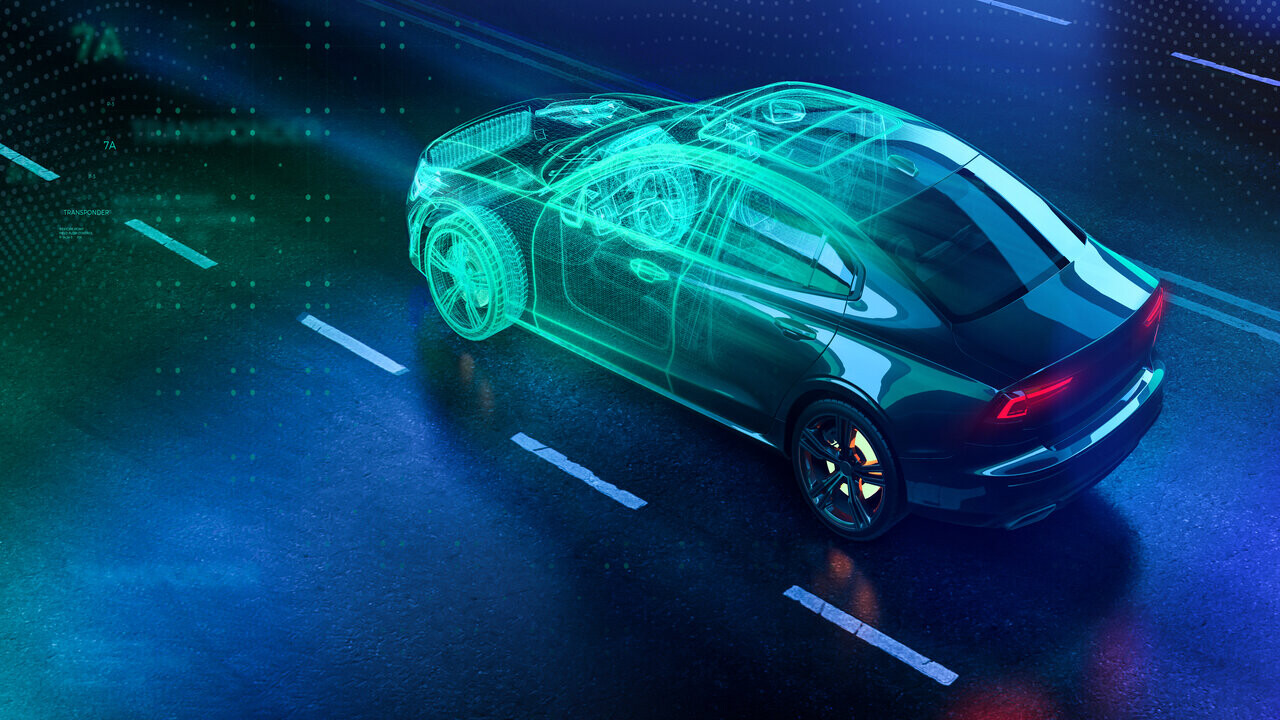Everything Apple announced at its March 8 event

Although it’s still using a dated iPhone 6-era design, the updated processor puts it on par with the best flagship phones for performance. Unlike many budget phones using mid-range and low-end processors, the iPhone SE should maintain decent performance for several years to come.
Apple event March 8
The phone is using a 12MP rear camera, but A15 bionic means it gets the latest computational photography techniques for better skin tones and improved low light performance. Apple also says the iPhone SE has improved battery life, although it didn’t specify how it compares to previous models or other iPhones.
The iPhone SE will retail for $429. Pre-orders open Friday and it will be available starting March 18.
An updated iPad Air with M1
Apple announced an update to the iPad Air, which was last refreshed in 2020. This time around it’s using the same M1 processor in the iPad Pro and MacBook Air. Apple says the device is 60% faster than the A14 chip in its predecessor, and 2x faster than the best-selling Windows laptop.
Apple event March 8
Apple has also updated the front-facing camera with 12MP ultra-wide optics, allowing it to use the Center Stage feature that automatically adjusts framing for more cinematic video calls.
The new iPad also supports 5G connectivity and 2x faster USB-C storage speeds. It comes in purple now too, which is neat. It will retail for $599, starting at 64 GB, and will be available on March 18. Pre-orders begin Friday.
M1 Ultra
Apple’s transition to its own desktop processors revolutionized performance on macOS — and made competitors step their game up. Today Apple announced the most powerful chip in the M1 family: the M1 Ultra.
M1 Ultra is essentially two M1 Maxes stuck together using a special interconnect technology dubbed “UltraFusion.” It features 114 billion transistors and 128GB of unified memory while maintaining “industry-leading” power efficiency.
Apple event March 8
In all, the chip has a 20-core CPU (16 high-performance and 4 high-efficiency), a 64-core GPU, and a 32-core neural engine, for performance 8x faster than M1. Apple also says the GPU is more powerful than the top-range discrete graphics on the market (presumably an Nvidia 3090, although Apple didn’t specify) while using 200W less power.
Of course, that will depend on optimization, as we saw with the M1 Pro and Max, but those chips were certainly no slouches. The M1 Ultra is set to be a beast in both CPU and GPU performance.
Mac Studio
Apple has long been rumored to be updating the Mac Mini with a more powerful variant, and that finally arrived today in the form of the Mac Studio.
Apple event March 8
It looks a lot like a chunkier Mac Mini. The svelte desktop computer uses M1 Max and the new M1 Ultra, offering beastly performance in such a tiny frame.
Design-wise, it has a footprint of just 7.7 inches squared, and a height of 3.7 inches. It offers four Thunderbolt 4 ports, two USB-A ports, a 10GB Ethernet port, an HDMI port. It also has two USB-C ports on the front (Thunderbolt 4 on the Ultra) and an SD card slot (!).
The introduction of M1 Ultra shatters performance compared to even the most expensive Mac Pro. Apple says M1 Ultra Studio offers 60 percent faster CPU performance than the top-of-the-line 28-core Intel Xeon Mac Pro. It also offers 80% faster graphics than the Radeon 6900X chip in the same maxed-out configuration.
Apple says it can even handle 18 streams of 8K ProRes 4:2:2 — something it claims no other PC in the world can do.
It’s a beast of a tiny computer, and I feel bad for anyone who recently bought a Mac Pro. The device starts at $1,999 with the M1 Max, and $3,999 with M1 Ultra. You can pre-order it now, and it will be available March 18.
Studio Display
Apple announced a new monitor to go along with the Mac Studio: the Studio Display.
Apple event March 8
It’s a powerful 27-inch monitor, with 5K Retina resolution, 600 nits of brightness, True Tone support, and an anti-reflective coating (a nanotexture glass option is available for further glare reduction).
The monitor also features a 12MP ultrawide camera with Center Stage support, as well as 6 speakers with support for Spatial Audio and Dolby Atmos. It even features an A13 Bionic chip to handle image processing as well.
As for connectivity, you get three 10Gbps USB-C ports, and one Thunderbolt 4 port that connects to your Mac and transmits up to 96W of power. There are two stand options available; the default option only supports tilt, while a more expensive stand includes tilt and height adjustment. There’s also support for VESA adapters if you want additional flexibility.
The Studio Display will be available on March 18 starting at $1,599. Thankfully, the default stand (or the VESA adapter) are included at that price. Pre-orders are open now.
A green iPhone 13 and iPhone 13 Pro
Apple event March 8
The iPhone 13 and 13 Pro now come in green. Nice.






